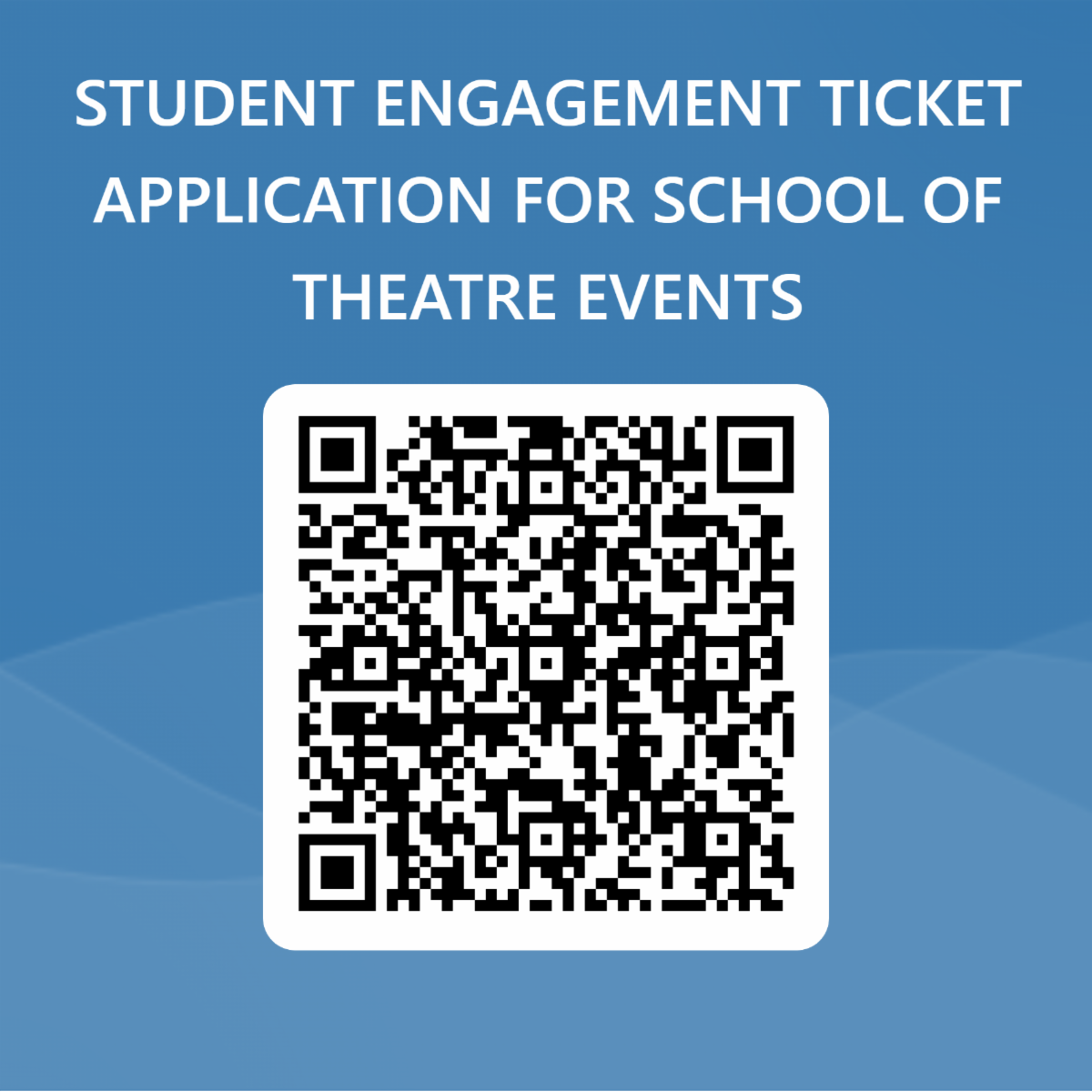How science works (or should)
Announcement
Penn State School of Theatre Free tickets

Figure 12: https://theatre.psu.edu/centrestage
Roadmap
- Newsflash
- Last time
- How science works (or should)
- Readings
- (Ritchie, 2020), Chapter 1.
- Brian A. Nosek & Bar-Anan (2012)
- Optional (Sagan, 1996), Chapter 12, “The Fine Art of Baloney Detection”
Newsflash
Hi Rick,
Join us tomorrow at noon ET for a live presentation by the data science leaders at Roche about why they’re making open source the default for clinical trials in 2023.
The presentation will take place on YouTube Live. You can tune in using this link. You can also add the event to your calendar as a reminder here.
We couldn’t be more excited to highlight this historic industry shift.
Thomas Neitmann, Ning Leng, and Dr. Kieran Martin will detail the years of preparation and innovation that went into making this shift a reality, along with how the organization plans to enable the transition of over 1,000 statistical programmers and statisticians to R and Python-centric tools.
In the interest of providing additional context and drumming up some more excitement for the event, we highly recommend reading James Black’s ( Director of Insights Engineering at Roche) recent post on LinkedIn.
We reserved time at the end of the presentation for questions, so don’t hesitate to show up curious! Additionally, if you have any questions that you’d like us to pass along to the team at Roche, feel free to respond directly to this email!
From everyone at Posit and the incredible teams at Roche, we can’t wait to see you there!
Robert @ RStudio
Last time
- Comments on Feynman
- Comments on Begley & Ellis
- Other comments or questions
Extra credit opportunity
- Read Feynman (1974) or one of (Harris, 2017), Chapter 1, Begley’s Bombshell. PDF on Canvas or Begley & Ellis (2012).
- In no more than one page, answer one of the questions posed in the notes from last time on Feynman or on Begley & Ellis.
- Submit your answer via Canvas to Garrett by Monday, January 16, 2023 at 5:00 pm.
- Worth 2 points.
Today’s topics
- How science works (or should)
- Discuss (Ritchie, 2020), Chapter 1
- Discuss Brian A. Nosek & Bar-Anan (2012)
Discuss (Ritchie, 2020), Chapter 1
Chapter 1: How Science Works
- “Science is a social construct.”
- How so?
- What are the consequences?
- What is the “process” of science?
](https://media.springernature.com/full/springer-static/image/art%3A10.1038%2Fs41562-016-0021/MediaObjects/41562_2016_Article_BFs415620160021_Fig1_HTML.jpg?as=webp)
Figure 14: Figure 1 from Munafò et al. (2017)
- Publish results
- But submit for peer review prior to publication
- Governed by “norms”
Science’s social nature does come with weaknesses, however. Because scientists focus so much on trying to persuade their peers, which is the way they get those studies through peer review and oward to publication, it’s all too easy for them to disregard the real object of science: getting us closer to the truth.
(Ritchie, 2020), Chapter 1, pp. 14-15.
Discuss Brian A. Nosek & Bar-Anan (2012)
Scientific Utopia: I. Opening Scientific Communication
What’s Utopia
Where’s Part II?
Nosek, B. A., Spies, J. R. & Motyl, M. (2012). Scientific utopia II: Restructuring incentives and practices to promote truth over publishability. Perspectives on Psychological Science: A Journal of the Association for Psychological Science, 7(6), 615–631. https://doi.org/10.1177/1745691612459058
Aims & Claims
Existing norms for scientific communication are rooted in anachronistic practices of bygone eras making them needlessly inefficient. We outline a path that moves away from the existing model of scientific communication to improve the efficiency in meeting the purpose of public science—knowledge accumulation. We call for six changes: (a) full embrace of digital communication; (b) open access to all published research; (c) disentangling publication from evaluation; (d) breaking the “one article, one journal” model with a grading system for evaluation and diversified dissemination outlets; (e) publishing peer review; and (f) allowing open, continuous peer review. We address conceptual and practical barriers to change and provide examples showing how the suggested practices are being used already. The critical barriers to change are not technical or financial; they are social. Although scientists guard the status quo, they also have the power to change it.
Common themes
- Goals and purposes of science
- Utopian, idealistic aims
- Efficiency in achieving those goals
- High quality versus low quality science
- Ethics, scientific integrity
- Means of scientific communication
- Who has access, who should
- How are findings, articles, individuals evaluated
Learn more
Talk by Brian Nosek, (University of California Television (UCTV), 2018)
Watching the talk by Nosek is not required. But he’s a very good speaker and an inspiring person.
Next time…
- Scientific norms and counter-norms
- Read
- Assignment
- Complete (anonymous) survey on scientific norms and counter-norms. No write-up.
